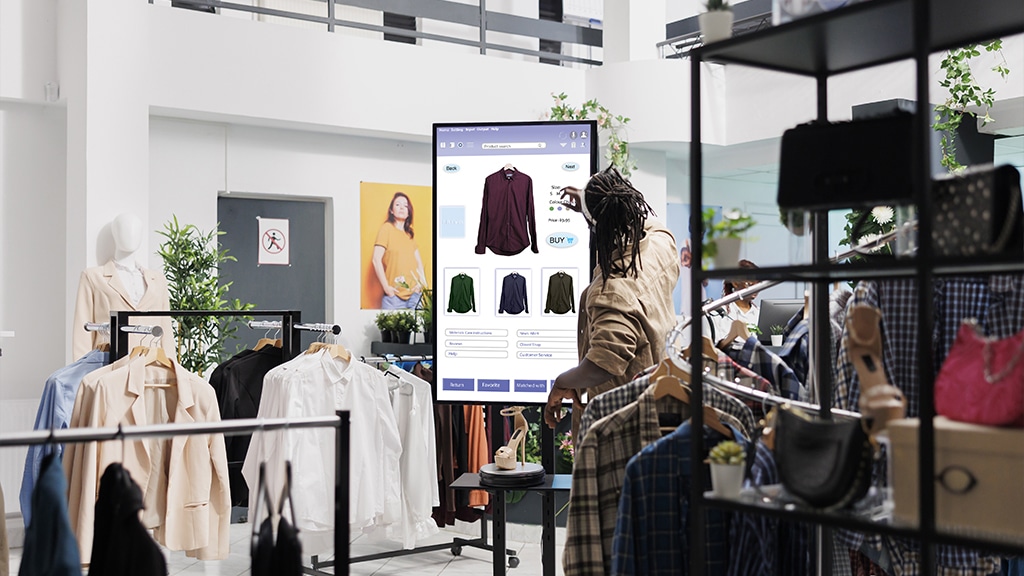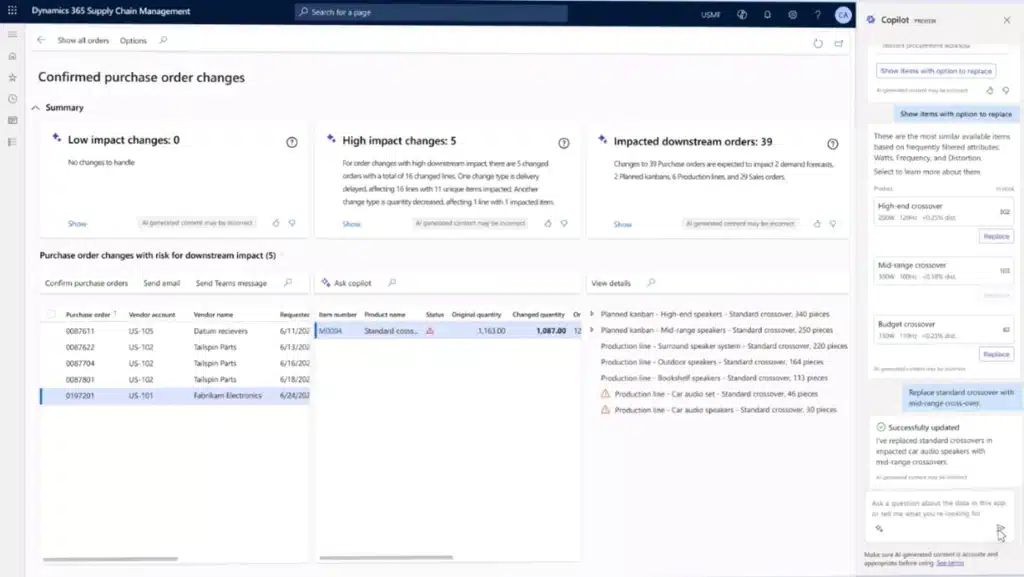In the present retail landscape, AI is no longer limited to sending email promotions or displaying online ads. Retailers are harnessing AI to track customer behavior both online and in-store, enabling smarter decisions in pricing, merchandising, inventory management, store layouts, and beyond.
According to McKinsey, companies leveraging AI-driven data analytics are experiencing significant benefits, with a reported 115% higher ROI and 93% higher profits. By leveraging insights into customer purchasing habits, interests, and behaviors, retailers are successfully creating personalized experiences that drive success.
From shifts in consumer purchasing habits to inventory management and supply chain complexities, with the increasing use of AI in retail industry, businesses can navigate the challenges better. Microsoft is at the forefront of this evolution, empowering Dynamics 365 with AI. This enables retailers to enhance agility, optimize operations, and drive innovation throughout the supply chain, while also transforming customer engagement.
Through this blog, let’s explore how Dynamics 365 is transforming the future of retail, particularly through AI integration within ERP and CRM operations.
Personalized customer engagement
Retailers frequently express the challenge of meeting tighter deadlines for marketing and customer experience initiatives while dealing with resource constraints. In addition, their existing processes and tools aren’t always sufficient to meet these demands.
Let’s consider an example. Launching a project involves coordinating with various stakeholders, engaging expensive third-party agencies, and using separate applications to analyze data and create content. The task of monitoring results for optimization is also time-consuming, requiring coordination across different teams and applications. These challenges not only delay campaign launches and reduce employee productivity but also lead to a disjointed customer experience.
These challenges are not unique to specific stakeholders within retail; the broader market is also feeling the strain. A recent survey found that 63% of retailers aim to enhance their marketing efforts with AI within the next 18 to 24 months. In an era dominated by AI, shouldn’t streamlining campaign launches be more straightforward?
To address this, Microsoft has introduced Copilot features in Dynamics 365 Customer Insights, designed to revolutionize how marketers oversee and execute projects and campaigns. These enhancements will boost productivity, efficiency, and speed to market. Building upon previous Copilot functionalities, such as content idea generation, natural language data querying, and AI-driven customer segmentation and journey creation, these new features offer even greater capabilities.
Marketers can now initiate their projects by outlining campaign objectives in natural language or uploading existing creative briefs. The system then generates a project board based on the input, incorporating relevant organizational data and insights from previous campaigns stored in Customer Insights. This centralized project board streamlines workflows, bringing together all aspects of marketing asset creation and management into a single, cohesive platform.
Marketers can access insights regarding the campaign’s target audience and segments within the project board. Moreover, they can receive recommendations from Copilot for additional segments that may not have been previously considered. Marketers can automatically generate a complementary customer journey by selecting a suggested audience segment. This feature not only saves time but also facilitates the delivery of personalized customer experiences.
Copilot facilitates the creation of end-to-end customer journeys, complete with personalized touchpoints like promotional emails or event invitations. Leveraging our partnership with Typeface and its enterprise-grade generative AI capabilities, marketers can generate brand-authentic images across assets, enhancing the impact of personalized content. All of this can be achieved directly within Dynamics 365 Customer Insights. Typeface further aids in aligning content with the organization’s brand guidelines, encompassing themes, fonts, and product images sourced from a central asset library.













